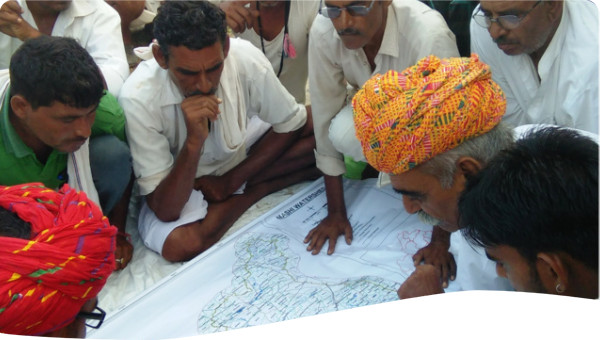Beginning with a discussion of drought definitions, this review paper attempts to provide a review of fundamental concepts of drought, classification of droughts, drought indices, and the role of remote sensing and geographic information systems for drought evaluation. Owing to the rise in water demand and looming climate change, recent years have witnessed much focus on global drought scenarios. As a natural hazard, drought is best characterized by multiple climatological and hydrological parameters. An understanding of the relationships between these two sets of parameters is necessary to develop measures for mitigating the impacts of droughts. Droughts are recognized as an environmental disaster and have attracted the attention of environmentalists, ecologists, hydrologists, meteorologists, geologists, and agricultural scientists. Temperatures; high winds; low relative humidity; and timing and characteristics of rains, including distribution of rainy days during crop growing seasons, intensity, and duration of rain, and onset and termination, play a significant role in the occurrence of droughts. In contrast to aridity, which is a permanent feature of climate and is restricted to low rainfall areas, a drought is a temporary aberration. Often, there is confusion between a heat wave and a drought, and the distinction is emphasized between heat wave and drought, noting that a typical time scale associated with a heat wave is on the order of a week, while a drought may persist for months or even years. The combination of a heat wave and a drought has dire socio-economic consequences. Drought risk is a product of a region’s exposure to the natural hazard and its vulnerability to extended periods of water shortage. If nations and regions are to make progress in reducing the serious consequences of drought, they must improve their understanding of the hazard and the factors that influence vulnerability. It is critical for drought-prone regions to better understand their drought climatology (i.e., the probability of drought at different levels of intensity and duration) and establish comprehensive and integrated drought information system that incorporates climate, soil, and water supply factors such as precipitation, temperature, soil moisture, snow pack, reservoir and lake levels, ground water levels, and stream flow. All drought-prone nations should develop national drought policies and preparedness plans that place emphasis on risk management rather than following the traditional approach of crisis management, where the emphasis is on reactive, emergency response measures. Crisis management decreases self-reliance and increases dependence on government and donors.
Description / Abstract
Publication year
Publisher
Thematic Tagging
English
 Resource -
Resource -
